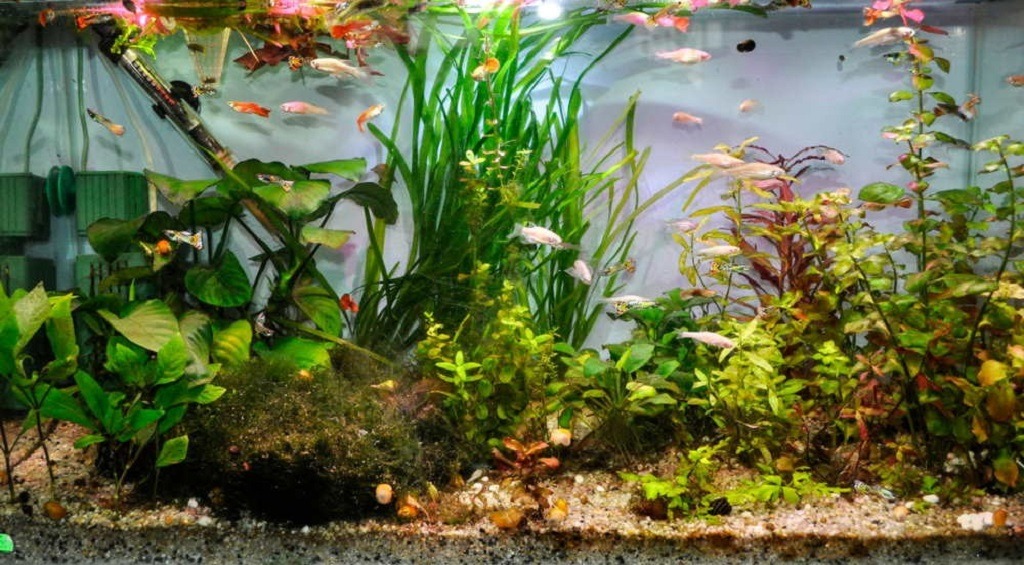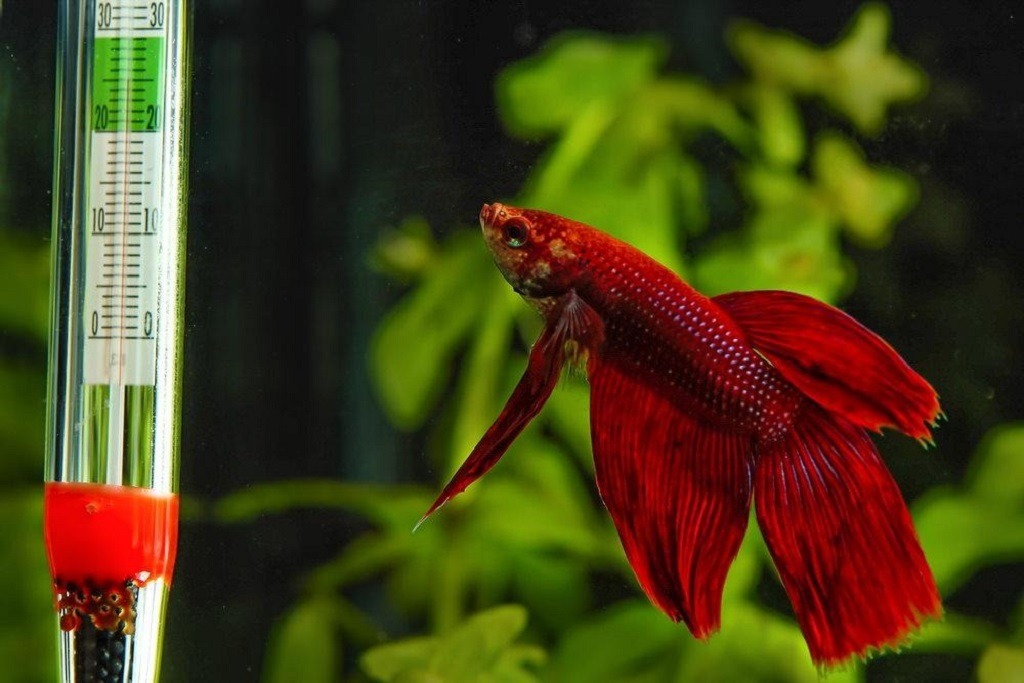Maintaining a stable water temperature is essential for the health and longevity of your fish. Whether you’re a beginner or a seasoned aquarist, knowing how to choose the right aquarium heater for your fish can mean the difference between thriving aquatic life and a tank full of stress and sickness.
Aquarium heaters regulate water temperature to match the specific needs of your fish. Tropical species, for instance, require warmer waters, typically between 75°F and 80°F (24°C–27°C). Coldwater species like goldfish can tolerate lower temperatures, but stability is key. Even a few degrees of fluctuation can stress your fish, weaken immune systems, and lead to disease outbreaks.
Understanding the Different Types of Aquarium Heaters
Choosing the correct heater starts with understanding the available types:
- Submersible Heaters: The most popular option. Placed completely underwater, usually near the water flow.
- Immersible (Hanging) Heaters: Common in beginner kits. Hang on the tank rim, partly submerged.
- In-line Heaters: Installed externally in the return line of a canister filter. Great for large tanks or sensitive species.
- Substrate Heaters: Positioned under the substrate. Beneficial for planted tanks but not essential for fish-only setups.
Each type serves a different function. For example, submersible heaters offer even heat distribution and are preferred for their reliability and ease of use. On the other hand, in-line heaters minimize equipment visibility and maximize precision.
Sizing Your Aquarium Heater Correctly
Heater wattage is a critical factor. A common rule of thumb is 3 to 5 watts per gallon of water. For instance, a 20-gallon tank typically needs a 75- to 100-watt heater.
Here’s a quick wattage guide:
- 10 gallons: 50 watts
- 20 gallons: 75–100 watts
- 40 gallons: 150–200 watts
- 75 gallons: 300–400 watts
Oversized heaters may heat the tank too quickly, causing rapid fluctuations. Undersized ones will struggle to maintain temperatures, especially in colder rooms. Therefore, matching heater size to tank volume and ambient room temperature is vital.
In colder climates, always opt for a slightly higher wattage. According to the American Aquarium Products website, a heater needs to raise the water temperature by about 10°F above room temperature in most setups. This context supports choosing a slightly more powerful unit during winter months.
Choosing the Right Temperature Control System
Precision in temperature control isn’t a luxury—it’s a necessity. The best aquarium heaters feature adjustable thermostats and digital temperature displays. These ensure precise control, allowing you to fine-tune the heat settings according to species needs.
Digital heaters, although more expensive, provide unparalleled accuracy and peace of mind. Brands like Eheim, Fluval, and Hygger consistently rank high among hobbyists for performance and reliability.
Using a separate digital thermometer is also recommended, as built-in thermostats can sometimes drift over time. A secondary thermometer acts as a failsafe, offering a second opinion on the water’s actual temperature.
Safety Features to Consider
Fish aren’t just delicate—they’re easily injured by faulty equipment. Always choose a heater with:
- Automatic shut-off: Prevents overheating if water levels drop.
- Shatterproof casing or protective guard: Especially important for aggressive or curious species.
- Indicator lights: Shows when the heater is actively heating.
Glass heaters can break easily. Titanium or plastic-coated heaters are more durable and safer, especially in tanks with large or active fish like cichlids.
The Role of Water Flow in Heater Efficiency
Proper water circulation is often overlooked. Heaters must be placed near the filter outlet or water pump. This ensures warm water spreads evenly throughout the tank. Without good flow, temperature pockets form, stressing fish that move between hot and cold zones.
Canister filters paired with in-line heaters offer excellent thermal distribution in larger tanks. Internal powerheads also help promote consistent heating by preventing stagnant areas.
Fish Species and Their Temperature Needs
Different species require different thermal environments. Here’s a breakdown:
- Tropical fish (e.g., bettas, tetras, guppies): 75–80°F
- Coldwater fish (e.g., goldfish, koi): 65–72°F
- Marine fish (e.g., clownfish, tangs): 75–78°F
- Breeding tanks: Often require a 2–3°F increase above normal.
Some sensitive species like discus need narrow tolerances around 82°F. In such cases, a dual-heater setup offers greater stability—one as a primary unit, the other as a backup.
Expert Tips for Choosing the Right Aquarium Heater
- Always test your heater before adding it to the tank. Use a bucket of water and monitor temperature consistency for 24 hours.
- Install the heater vertically or at a slight angle to improve heat distribution.
- Regularly clean your heater. Algae buildup or mineral deposits can affect performance.
Featured Snippet: What’s the Best Way to Choose an Aquarium Heater?
Q: What’s the best way to choose an aquarium heater for your fish?
A: Choose an aquarium heater based on tank size, fish species, and room temperature. Select the correct wattage—typically 3 to 5 watts per gallon—and ensure it has a reliable thermostat. Consider safety features like automatic shut-off and shatterproof materials. Submersible heaters work best for most tanks, while in-line heaters suit larger setups. Always place the heater near a water flow source for even heat distribution and monitor temperature using a secondary thermometer for accuracy.
Real-World Example: Heater Failure and Fish Loss
A common story among hobbyists involves losing an entire tank due to heater malfunction. One Reddit user shared how a stuck-on heater cooked their tropical tank to 95°F overnight, killing every fish. This highlights the importance of investing in high-quality equipment and redundancy, like dual heaters or temperature controllers.
FAQs
Can I use two heaters in one tank?
Yes, especially in tanks over 55 gallons. Two smaller heaters provide more even heating and redundancy.
Are preset heaters reliable?
They’re okay for beginners but lack flexibility. Adjustable models offer better control.
How often should I replace my heater?
Every 2–3 years or sooner if performance declines.
Where should I place my aquarium heater?
Near a water flow source—filter output or air pump—for even distribution.
Do all fish need a heater?
No. Coldwater species like goldfish don’t, but stability still matters.
How do I know if my heater is working?
Use a separate thermometer and observe indicator lights on the heater.
What happens if the water gets too warm?
Fish may become lethargic or stressed, and oxygen levels drop, risking suffocation.
Read More Also: How to clear a mud blockage in an external drain
Final Thought
Knowing how to choose the right aquarium heater for your fish isn’t just about picking any device from the shelf. It’s about ensuring the survival, health, and comfort of your aquatic pets. Consider species-specific needs, heater type, wattage, safety features, and temperature precision.
Don’t cut corners. A reliable heater can prevent costly mistakes and heartbreak. Think of it as life support for your fish—because that’s exactly what it is.







